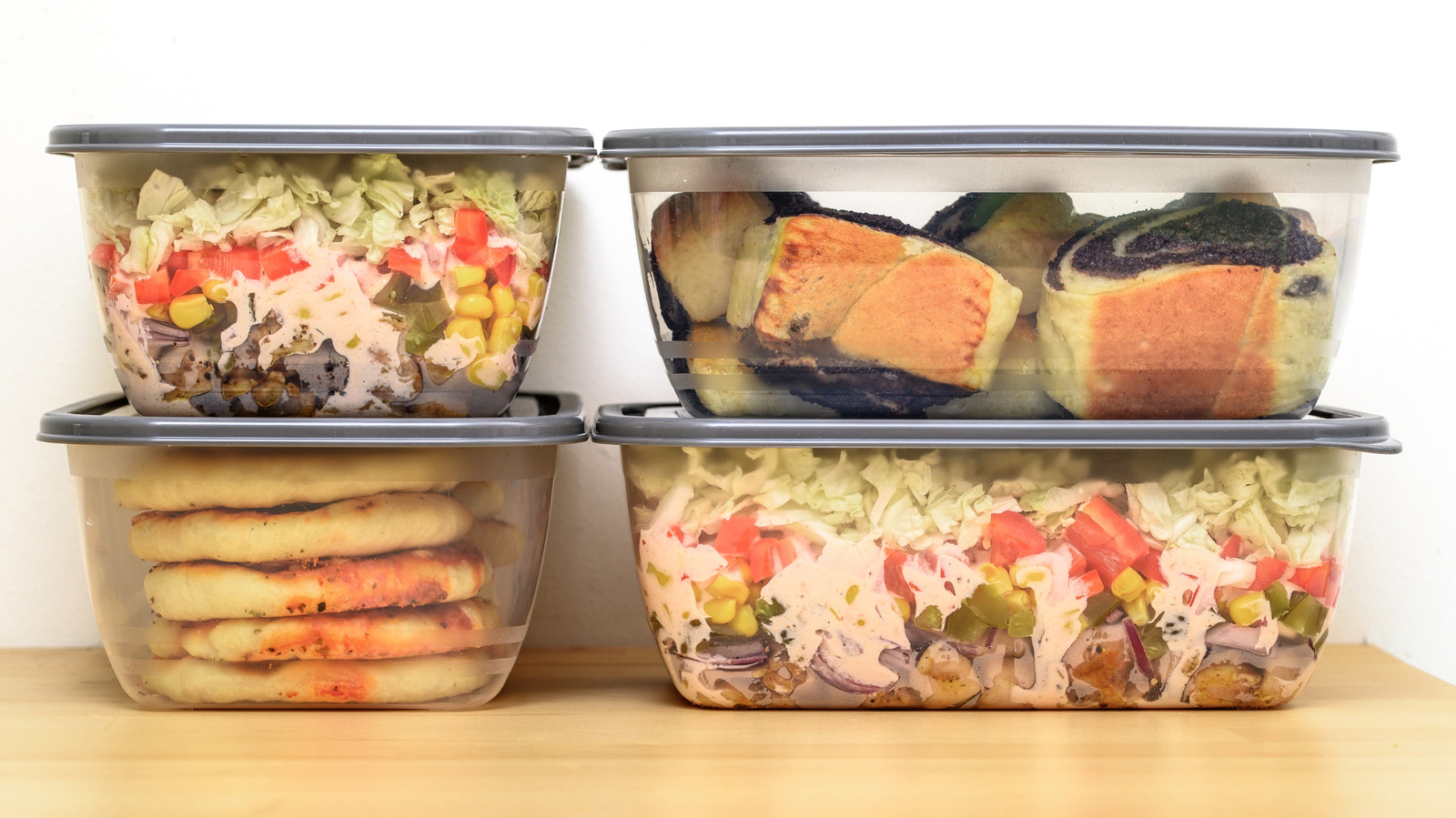
"Much of it hinges around what the USDA refers to as the "Danger Zone": the temperature range when bacteria are likely to multiply the fastest. Keeping your leftovers out of these temperatures whenever possible will reduce the chances of nasty microorganisms multiplying in your food and potentially making you sick. From refusing to put hot food in the fridge to forgetting to date your food, let's take a look at 15 mistakes everyone makes when storing leftovers."
"One of the most common mistakes people make with leftover food is leaving it out on the countertop for too long. Understandably, if you have just cooked a big meal, you will want to sit down and tuck in, rather than spending more time in the kitchen sorting out the food that is left. If you think that dinner may take a while to eat, however, you could be taking a risk."
"According to the USDA, food should be cooled in the refrigerator within 2 hours of being cooked, if it has been allowed to cool to room temperature. If you have cooked the meal but kept it warm, then the 2 hours begin once the appliance is turned off. The Danger Zone for food lies between 40 and 140 degrees Fahrenheit, so if your kitchen is exceptionally warm, you should reduce this to 1 hour."
Leftover food must be stored promptly to prevent bacterial growth. The USDA advises refrigerating cooked food within two hours of cooling to room temperature, or within one hour if the kitchen is very warm. The Danger Zone between 40 and 140 degrees Fahrenheit encourages rapid bacterial multiplication. Pathogens such as salmonella and E. coli can cause serious illness if food remains in unsafe temperatures. Food left out for more than two hours should be discarded to be safe. Taking a few minutes after a meal to transfer and properly cool leftovers reduces the risk of food-borne illness and minimizes waste.
Read at Tasting Table
Unable to calculate read time
Collection
[
|
...
]